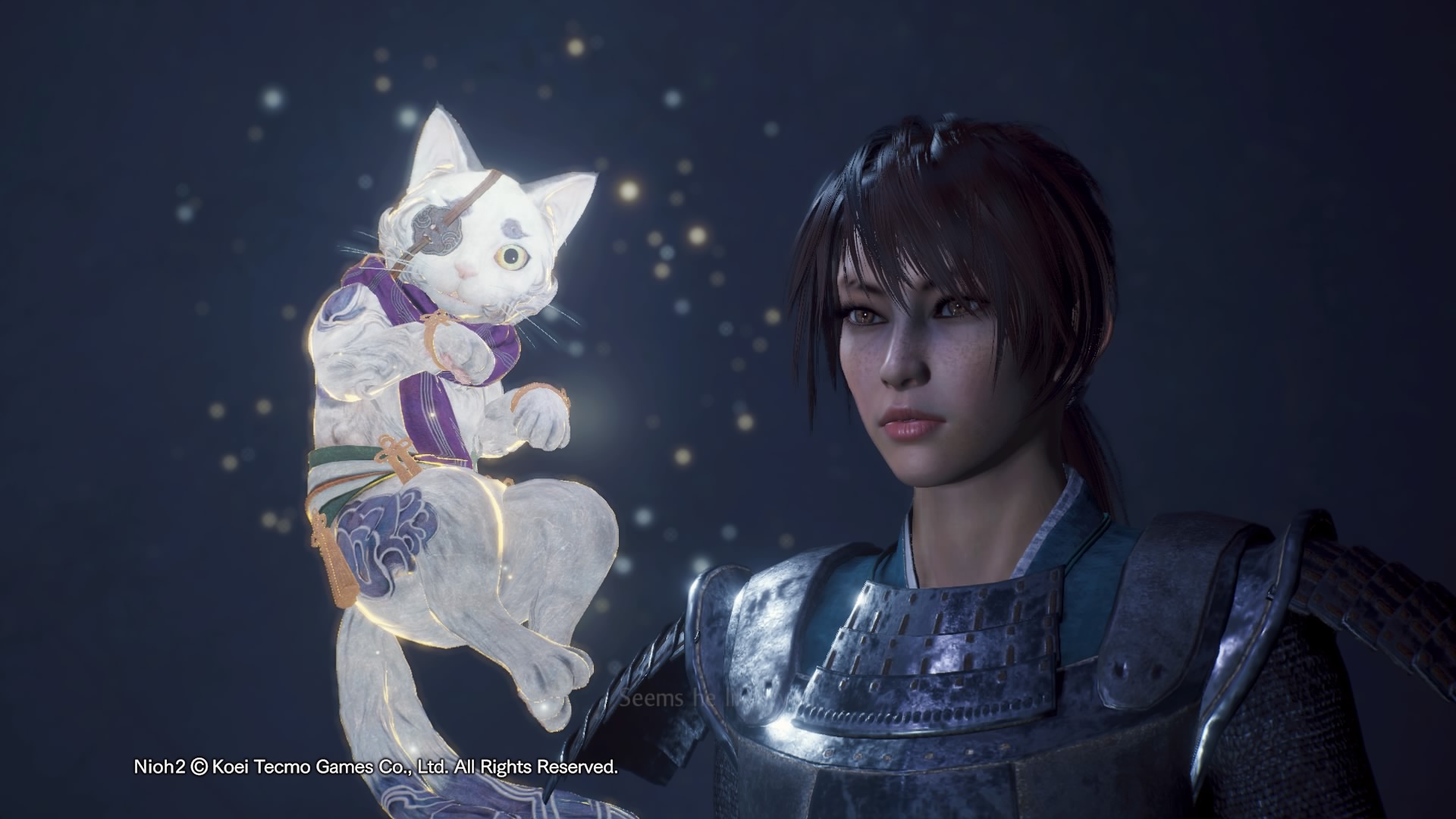
“Nioh Two” confronts players with an existential question for the ages: Am I a masochist? The follow-up to developer Team Ninja’s 2017 offering joins its predecessor, as well as the incredible “Bloodborne,” as one of the most painfully difficult, yet rewarding, Playstation Four exclusives available.
Released on March 13, “Nioh Two” is an action role-playing game (RPG) set in 16th century Japan that draws inspiration from the culture’s extensive history and legends to tell its story. Players will take control of a customizable silent protagonist as they slice and bludgeon their way through samurai and demons called yokai.
A good character creator is a great way to start any RPG, and “Nioh Two” delivers. It offers players a variety of options to make their character look as cool or ridiculous as they wish, and, perhaps most importantly, their character will appear with those modifications in the actual game. On the contrary, some games have characters that may look stunning on the creation screen, but look like they were transplanted from an alternate reality where everything was designed in Microsoft Paint in a real cut-scene.
While a customizable silent protagonist is a great way to immediately bond players with their characters and provide a blank slate onto which they may project their own feelings throughout the story, there simply is no character arc here, creating a problem in the game’s storytelling. The main character has no agency as events just, sort of, happen to them with exposition dumps bookending each level attempting to reconcile what just took place. As a result, the story is lacking in cohesion and fails to elicit investment in the narrative or the characters.
An engaging story would have been merely the icing on the cake; however, the excellent combat is the real focus. It is frenetic and crunchy with plenty of variety in play styles. There are many weapons, ninjutsu abilities and magical spells with which to experiment to keep gameplay fresh. Boss fights are thrilling and consistently well-executed, and enemy designs are varied and fascinatingly grotesque. These enemies will occasionally drop “soul cores,” which can be used to gain yokai abilities granting the player use of one of that enemy’s attacks allowing for over-the-top special abilities that are as fun to use as they are to simply bask in their splendor.
Progression is satisfying and addicting as randomized loot pours out of slain enemies. There is an overwhelming number of usable items and armor pieces to find, and while the prospect of new equipment is always tantalizing, inventory management can be a hassle as players’ imaginary pockets will rapidly fill with hundreds of items, which often makes it difficult to find what you are looking for.
There are several skill trees to progress through simply by using the corresponding weapon or ability and leveling up always feels great. This game employs the “Dark Souls” approach to leveling up, where the only means of improving one of several key attributes is by spending souls, or in this case, amrita.
Acquired by defeating enemies or through certain items, all amrita of the players will be dropped when they die, and they will have one opportunity to return to the location of their demise to retrieve their amrita, or else it is gone for good. This system gives extra weight to deaths in the game, as losing all of your hard-earned experience is infuriating, but it makes leveling up that much more satisfying.
“Nioh Two” also approaches level design with similarity to “Dark Souls,” basing levels around scarcely placed shrines where players can level up and replenish their supplies but will cause any defeated enemies to respawn. Levels twist and turn in on themselves, and opening shortcuts are essential.
Sadly, shortcuts are the one aspect in which “Nioh Two” falls unfortunately short of the series to which it is inevitably compared. The worlds of the “Dark Souls” series are sprawling interconnected areas that inspire wonder and beg to be thoroughly explored. The levels of “Nioh Two” are individual areas that are mostly lacking in their own personality, feeling largely the same as every other. There is not nearly as much to explore, and progressing through these locations feels monotonous and repetitive.
There is a wealth of optional content for players who want to keep grinding, but the side missions are mostly uninteresting re-treads of main missions, with the exception of some optional boss fights.
The game does generally perform quite well, for I encountered no serious glitches or other performance issues. There are, however, a few noticeable problems as distant enemies will often see significant frame rate drops and may fail to appear entirely. Additionally, the collision detection on ranged weapons can lead to a lot of frustrating misses, but otherwise, the game runs quite smoothly.
Over the course of my 87 hours with this game, I experienced an appalling 334 deaths, which the game was kind enough to track. This is a testament to just how good the combat and gameplay loop really are, as I kept returning for my beatdown time and time again despite not caring about the story. So am I a masochist? I really can’t say for sure, but I do know that “Nioh Two” is a great game that is worth toiling through.
Photo credit: Team Ninja
